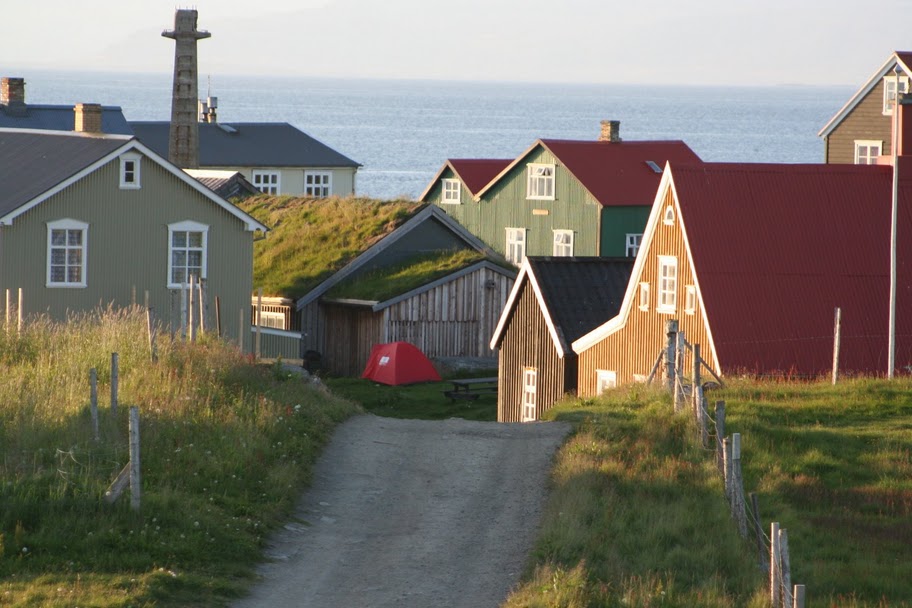
The first people believed to have settled in Iceland were Irish monks who came in the eighth century AD. They left, however, upon the arrival of pagan Norsemen, who came in 874 to seek freedom from Norway's oppressive king Harald Fairhair. In 930 the Icelanders founded the Althing, their supreme general assembly - the oldest parliament in the world. Christianity was adopted in the year 1000. In 1262, Iceland became subject to Norwegian control and in 1380 came under Danish control, along with Norway. After the granting of a constitution (1874) and with an improving economy, Iceland, in 1918, finally became an independent sovereign state under a common king with Denmark. The Republic of Iceland was formally declared on June 17, 1944.
Iceland is an island located in the north Atlantic Ocean, about the same size as the state of Ohio. The population number around 320,000 people and 2/3 of the population lives in Reykjavik (the capital) and it's surrounding. Map of Iceland. The native language is Icelandic (the language of the Vikings) but most Icelanders speak fluent English as well. Iceland is on Greenwich Mean Time all year round. 97 percent of the population belongs to The National Church of Iceland (Evangelical Lutheran).
In Iceland you find the biggest glacier in Europe (with it's highest peak close to 6,500 ft), volcanoes, countless hot springs, geysers and the best natural water to drink in the world. Tourism is a growing industry in Iceland with more than 300.000 tourists visiting in the year 2003. The economy is heavily dependent upon fisheries, which are the nation's greatest resource. About 66% of the workforce is employed in services. Icelanders enjoy one of the highest standards of living in the world with life expectancy, at 80 years for women and 74 for men.